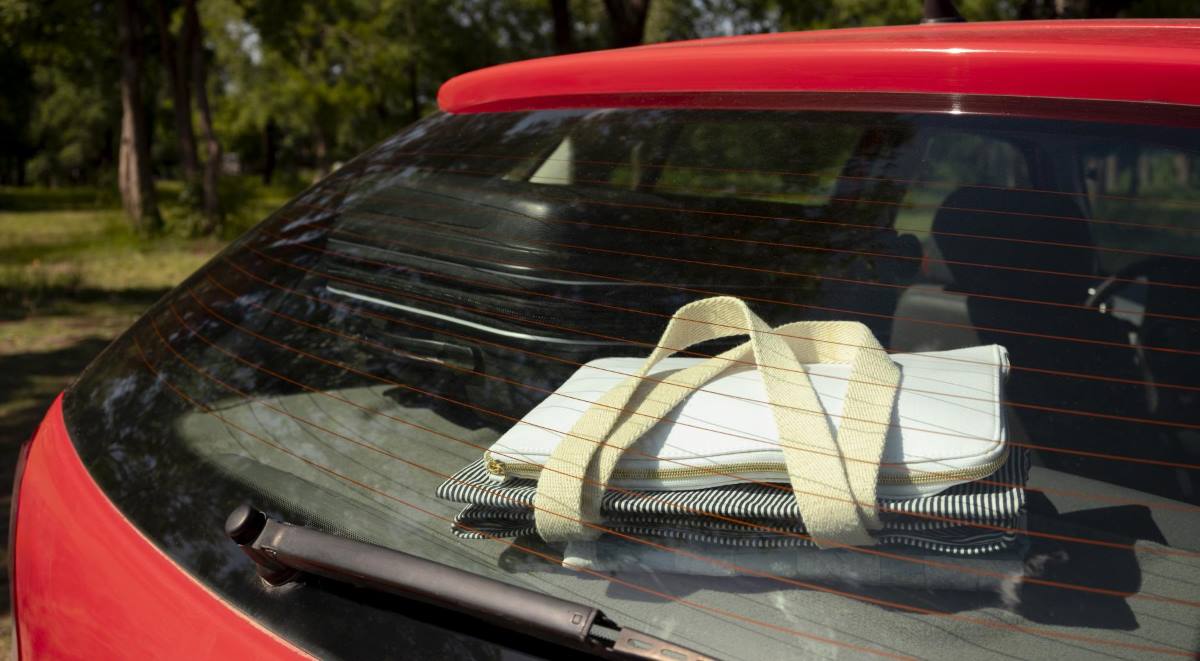9000+ Cashless
Network Garages
96% Claim
Settlement (FY23-24)
24*7 Claims
Support
Click here for new car
I agree to the Terms & Conditions

General
General Products
Simple & Transparent! Policies that match all your insurance needs.


37K+ Reviews
7K+ Reviews
Scan to download
Life
Life Products
Digit Life is here! To help you save & secure your loved ones' future in the most simplified way.


37K+ Reviews
7K+ Reviews
Scan to download
Claims
Claims
We'll be there! Whenever and however you'll need us.


37K+ Reviews
7K+ Reviews
Scan to download
Resources
Resources
All the more reasons to feel the Digit simplicity in your life!
 Tools & Calculators
Tools & Calculators


37K+ Reviews
7K+ Reviews
Scan to download
37K+ Reviews
7K+ Reviews
 Logout
Logout
Our WhatsApp number cannot be used for calls. This is a chat only number.


9000+ Cashless
Network Garages
96% Claim
Settlement (FY23-24)
24*7 Claims
Support
Click here for new car
I agree to the Terms & Conditions

Add Mobile Number
Sorry!

9000+ Cashless
Network Garages
96% Claim
Settlement (FY23-24)
24*7 Claims
Support
Terms and conditions

Driving in adverse weather conditions can pose challenges, especially when visibility is compromised due to fogging on the rear windshield. In such situations, the rear defogger in your car becomes indispensable.
Understanding its functionality, usage, advantages, and disadvantages is crucial for every car owner.
A rear defogger, also known as a rear window defogger or a rear glass defogger, is installed in cars to clear condensation or fog from the rear windshield. It consists of electrical heating elements embedded in the glass or thin wires running across the surface.
These elements generate heat, which helps in defogging the glass. While not essential for basic car operation, a rear defogger significantly enhances visibility and safety, especially in adverse weather conditions.
A defogger stops fogging by fighting condensation. The front windshield uses the car's heater to blow hot air, preventing moisture from forming. The rear defogger uses electrical heating lines on the back window to warm the glass and make the moisture disappear so you can see clearly.

To use the rear defogger effectively, here are a few simple steps to follow:
Rear Defogger in a car offers several benefits, such as:
Despite the benefits, there are some drawbacks associated with rear defoggers, such as:
Mid and top variants of many cars in India come with rear defoggers. Fortunately, the price gap between a rear windshield with and without a defogger is minimal.
For instance, in the Maruti Arena WagonR, the rear windshield without a defogger costs ₹1,550 for the LXi variant, whereas the defogger costs ₹1,558 for the VXi variant. Typically, the rear windshield might cost around ₹3,000 for pricier mass-market cars. The price difference between a heated and non-heated rear windshield ranges from ₹200 to ₹500.
If the rear defogger malfunctions, replacing the rear windshield is necessary, which costs slightly more. Labour charges and other parts like wiring may add to the expense.
The rear defogger is an indispensable component of modern automotive technology, enhancing driver safety and convenience by ensuring optimal visibility through the rear window. While it may have drawbacks, improved visibility and safety outweigh the associated costs and considerations.
Yes, the rear defroster of a car eliminates rain droplets from the rear window by employing an electrical mechanism to heat the fine lines on its surface.
Yes, the rear defroster of a car eliminates rain droplets from the rear window by employing an electrical mechanism to heat the fine lines on its surface.
You can check if your rear defogger is functioning by turning it on and observing if the lines on the rear windshield heat up or if condensation clears quickly.
You can check if your rear defogger is functioning by turning it on and observing if the lines on the rear windshield heat up or if condensation clears quickly.
Rear defrosters operate through a delicate grid of wires attached to the window glass. If these wires break, the defroster will not work.
Rear defrosters operate through a delicate grid of wires attached to the window glass. If these wires break, the defroster will not work.
Please try one more time!
Other Important Articles About Different Car Parts
Other Important Articles about Car Insurance
Have queries related to Digit motor insurance policy? You can refer to our Policy Wordings for detailed information or reach out to our support team via WhatsApp self-support, email or phone using the information below:
Connect with our self-serve chat bot support - 7026061234
Write to us at hello@godigit.com
Contact
Call us on 1800-258-5956
Other Motor Insurance Plans and Guides
Currently there are no news to show.
Read More
Renew & Download Policy Document, Check Challan, Credit Score, PUC & more
Anytime, Anywhere. Only on Digit App!

4.7
Rated App56K+ Reviews
4.7
Rated App
56K+ Reviews
4.3
Rated App11K+ Reviews
4.3
Rated App
11K+ Reviews
Scan to Download


Author: Team Digit
Last updated: 07-04-2025
CIN: L66010PN2016PLC167410, IRDAI Reg. No. 158.
Go Digit General Insurance Limited | Corporate Office Address: Atlantis, 95, 4th B Cross Road, Koramangala Industrial Layout, 5th Block, Bengaluru 560095 | Registered Office Address: 1 to 6 floors, Ananta One (AR One), Pride Hotel Lane, Narveer Tanaji Wadi, Shivaji Nagar, Pune-411005, Maharashtra | Trade logo of Go Digit General Insurance Ltd. displayed above belongs to Go Digit lnfoworks Services Private Limited and is provided and used by Go Digit General Insurance Ltd. under license.
Explore exclusive features, file claims & access policy on Digit App!
You can also scan this QR code to download the App.